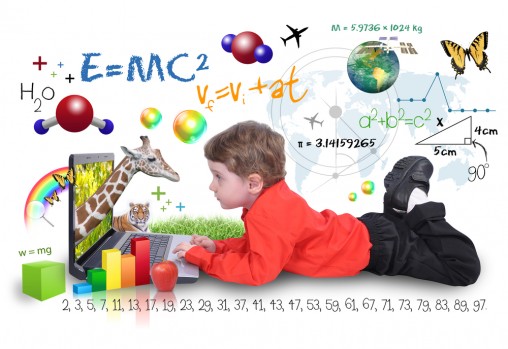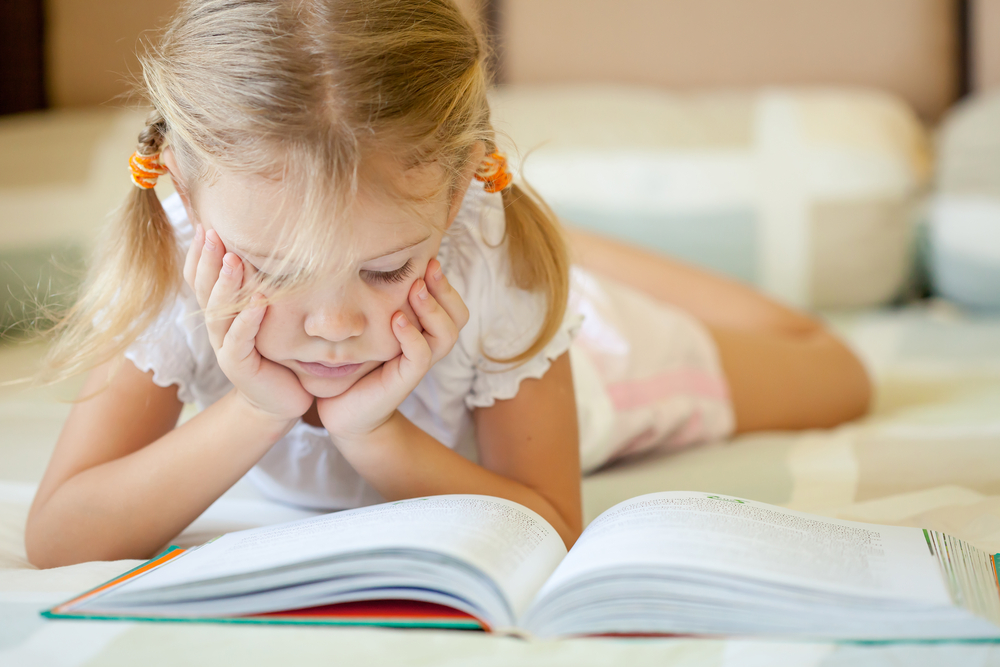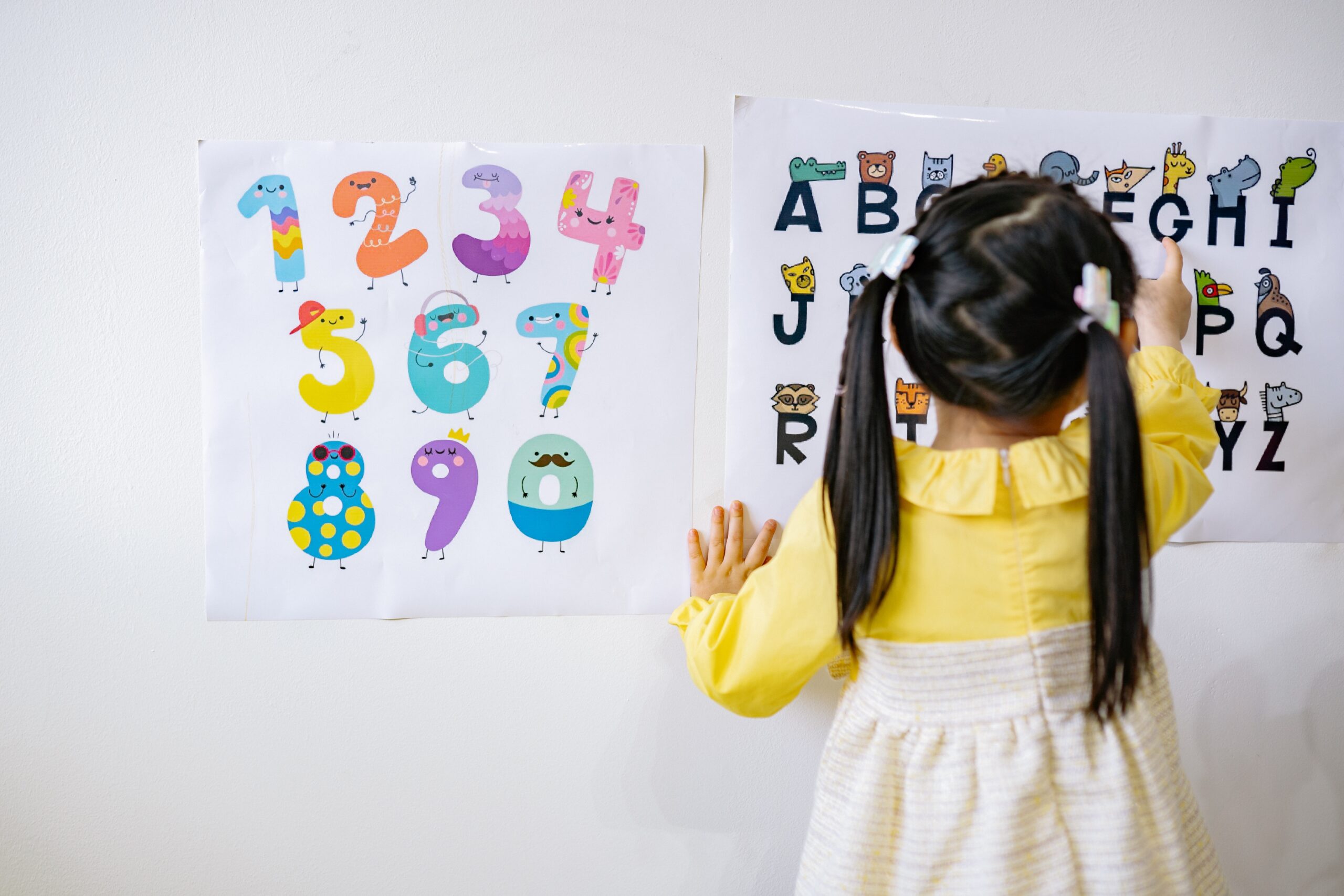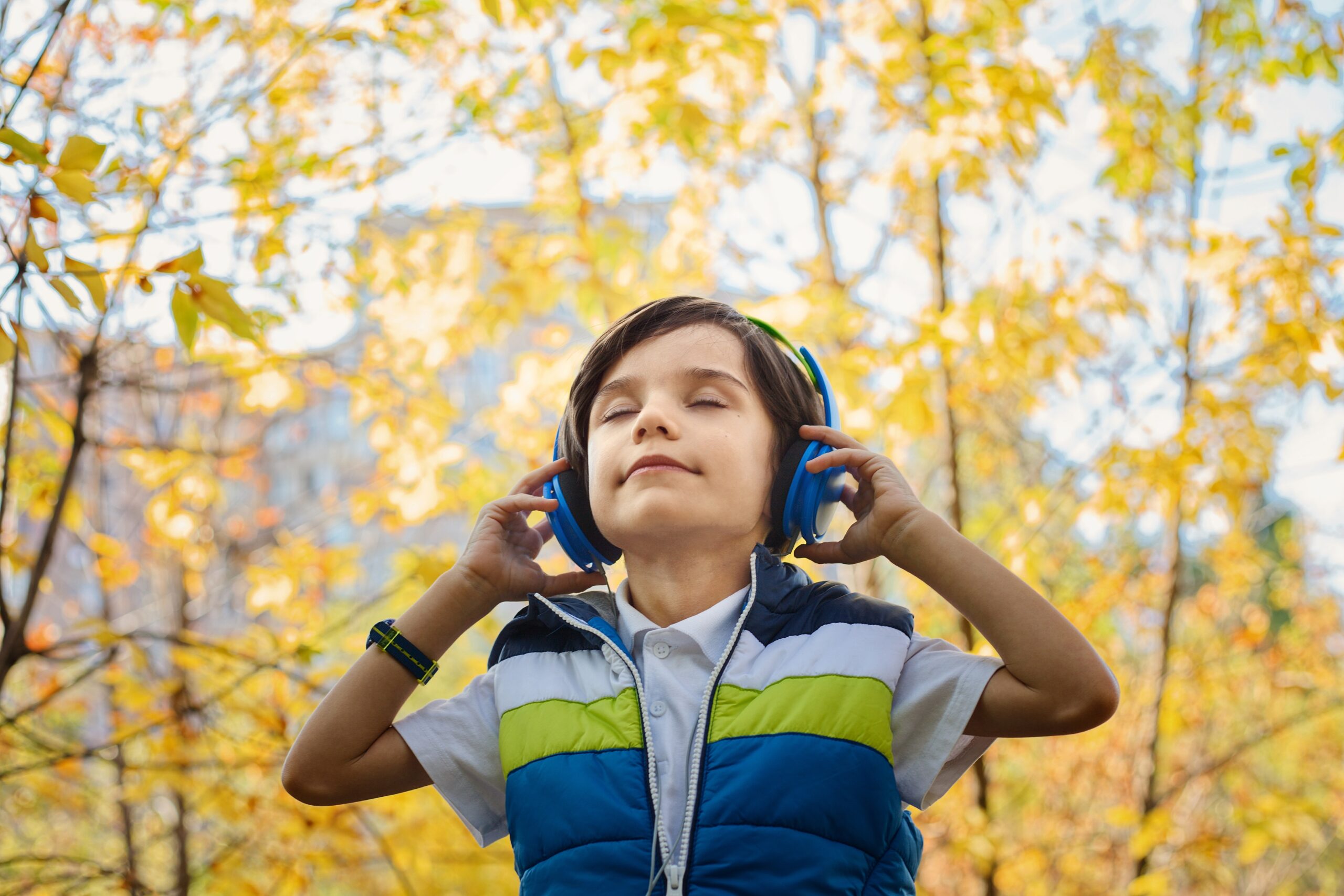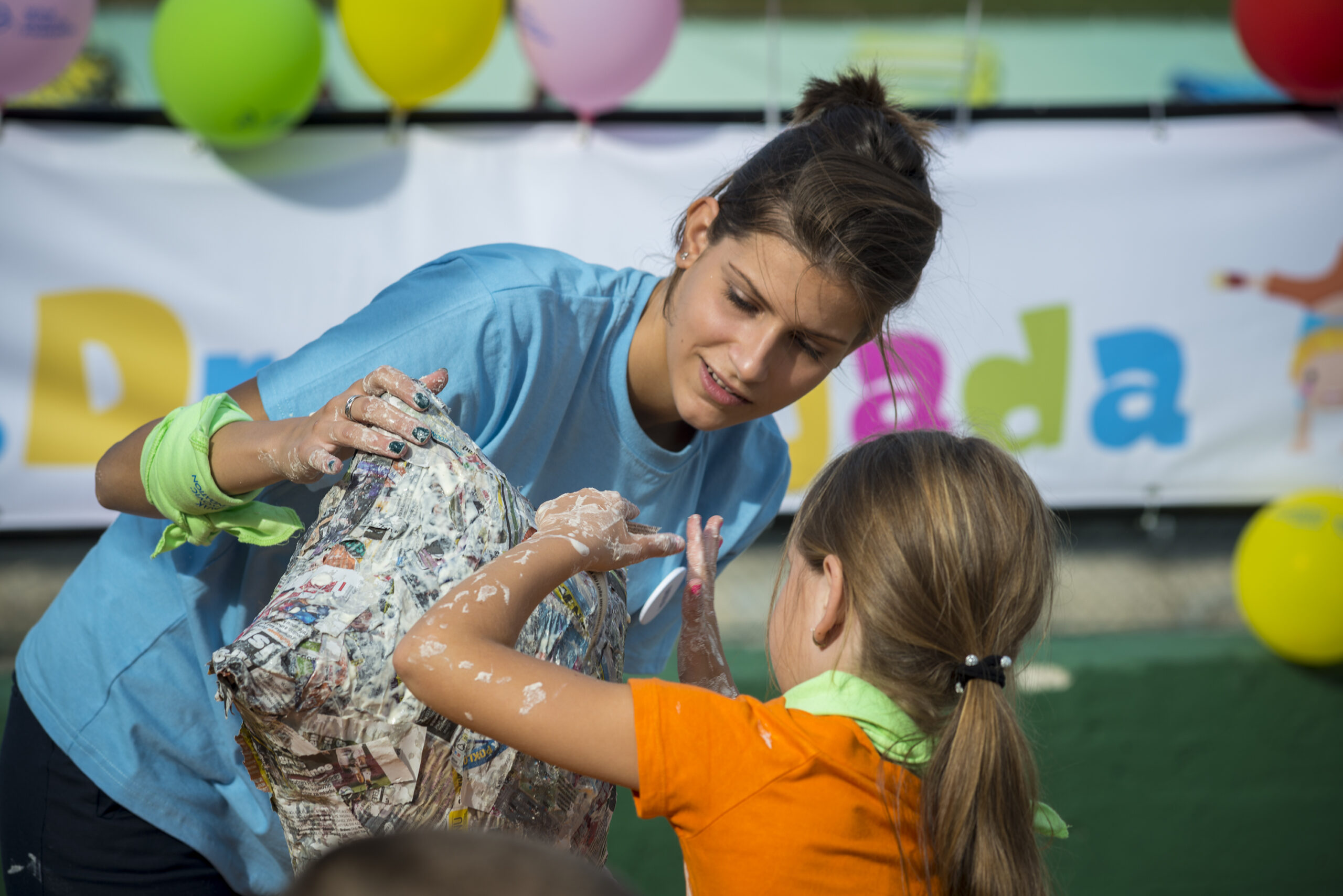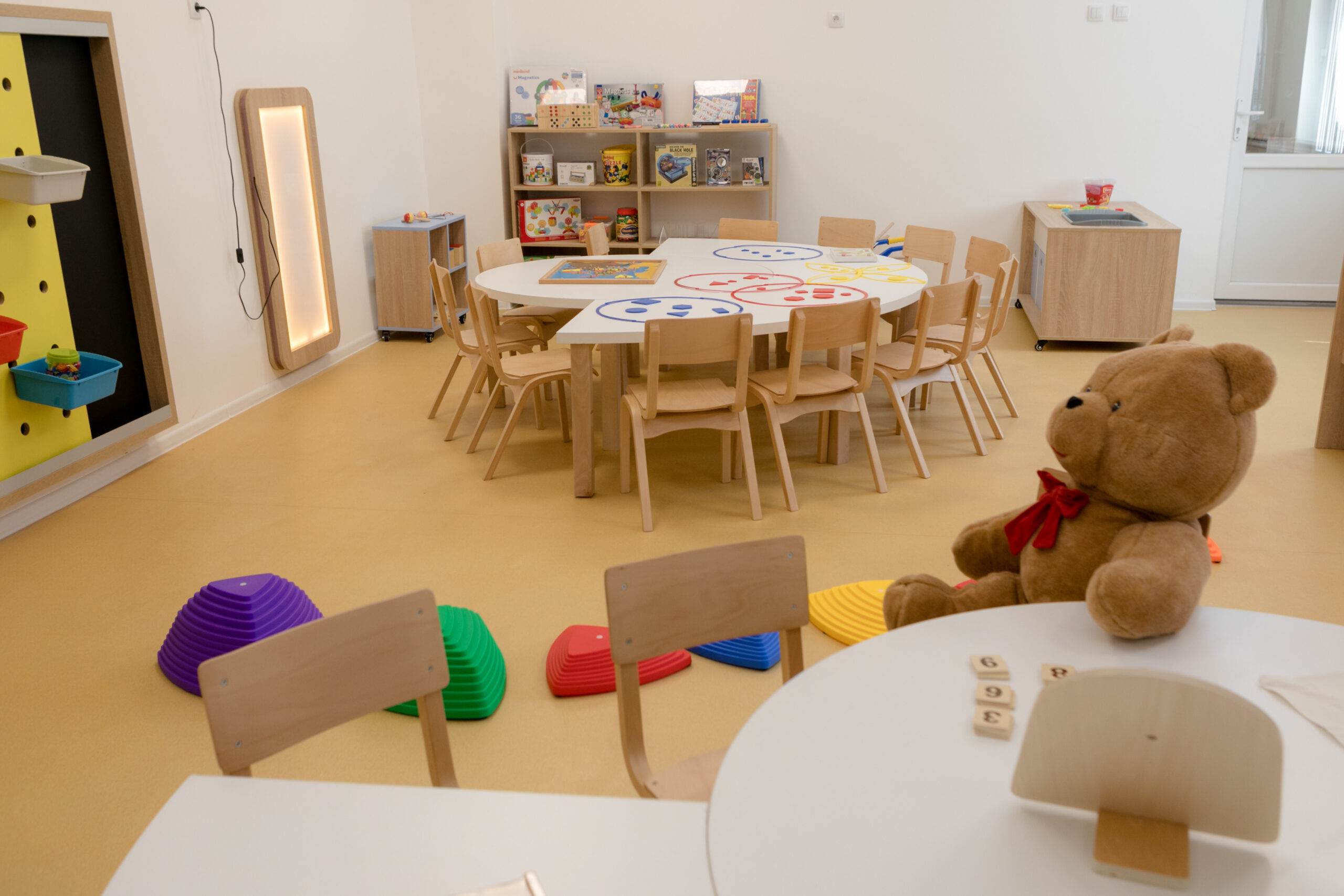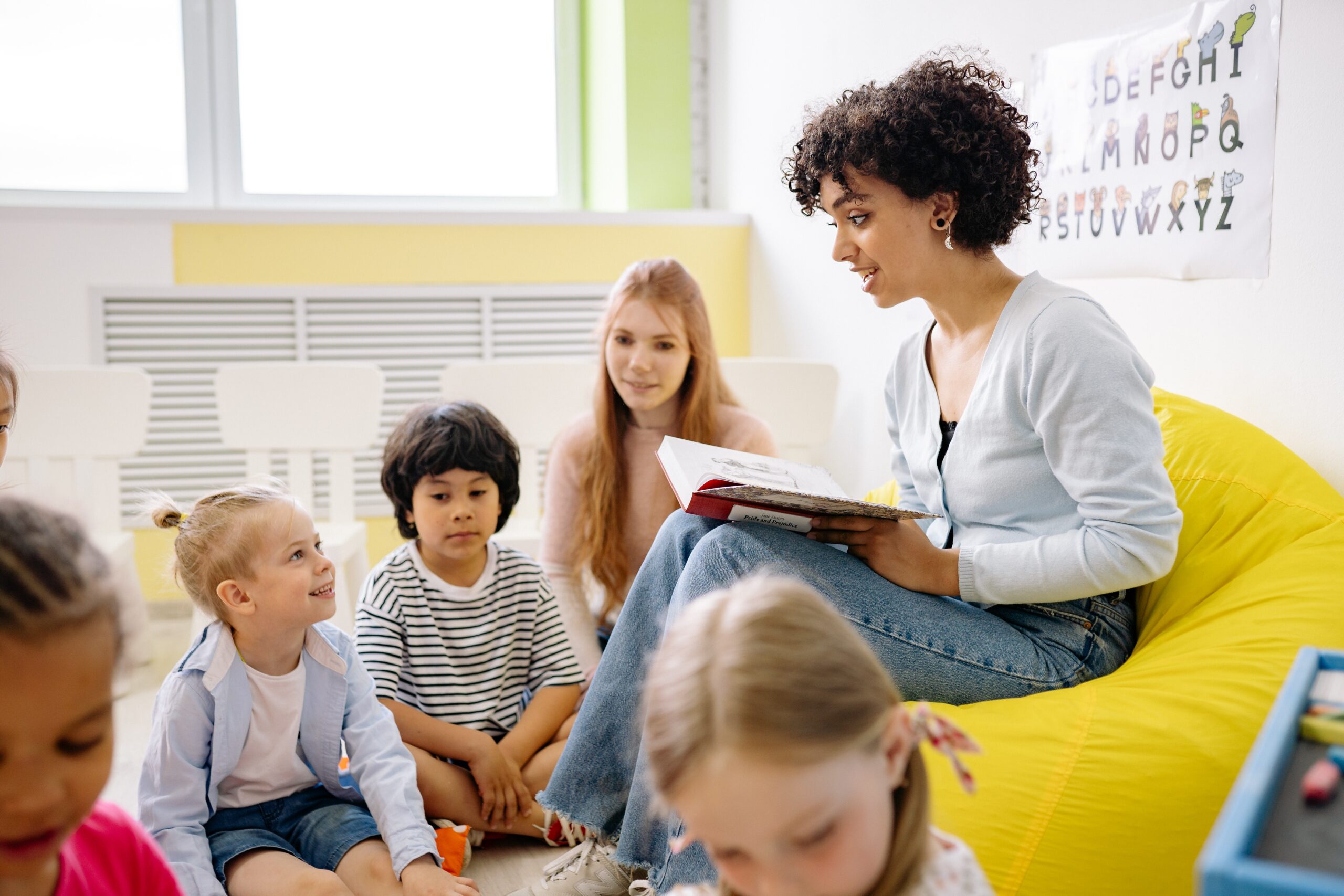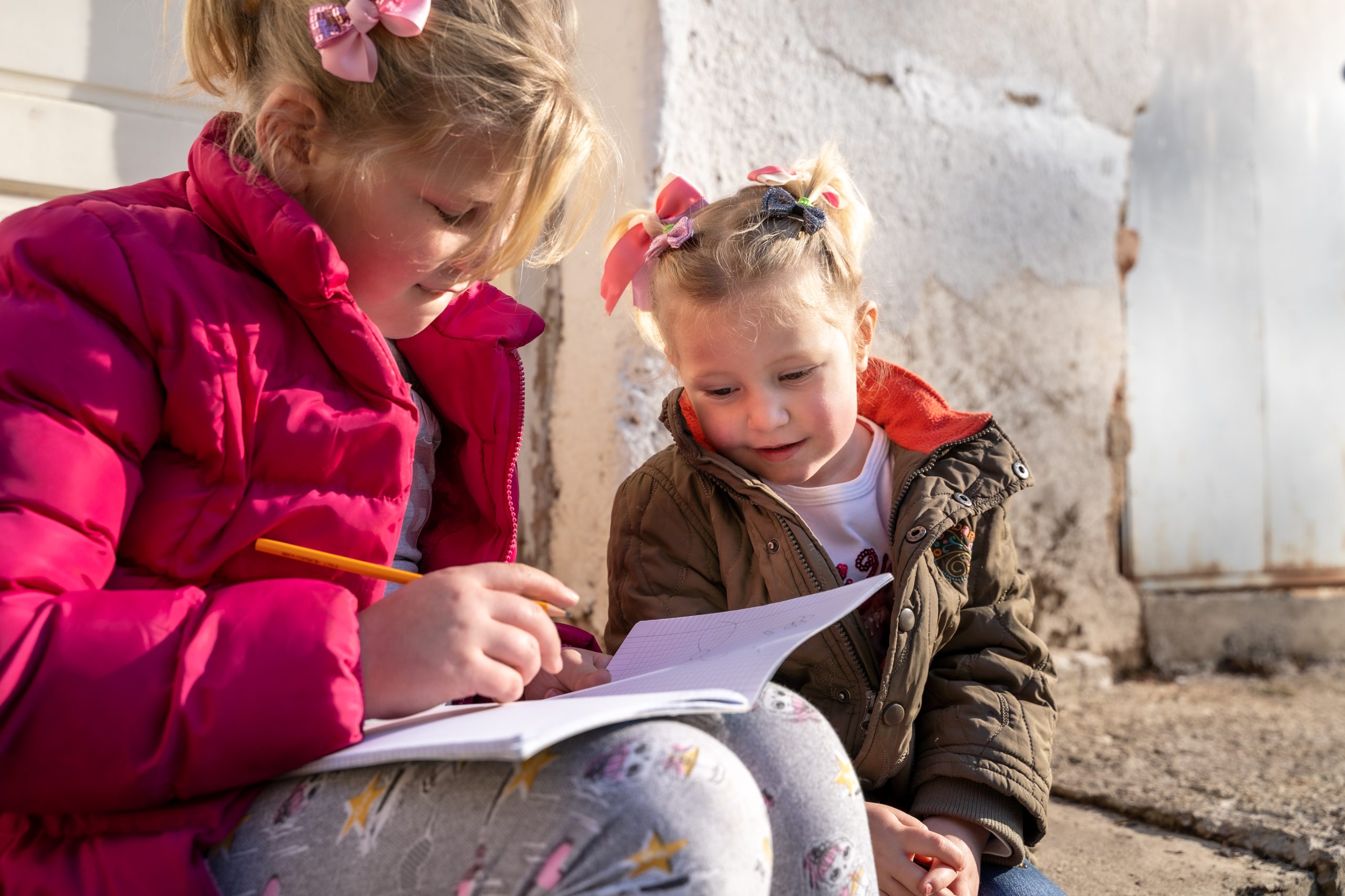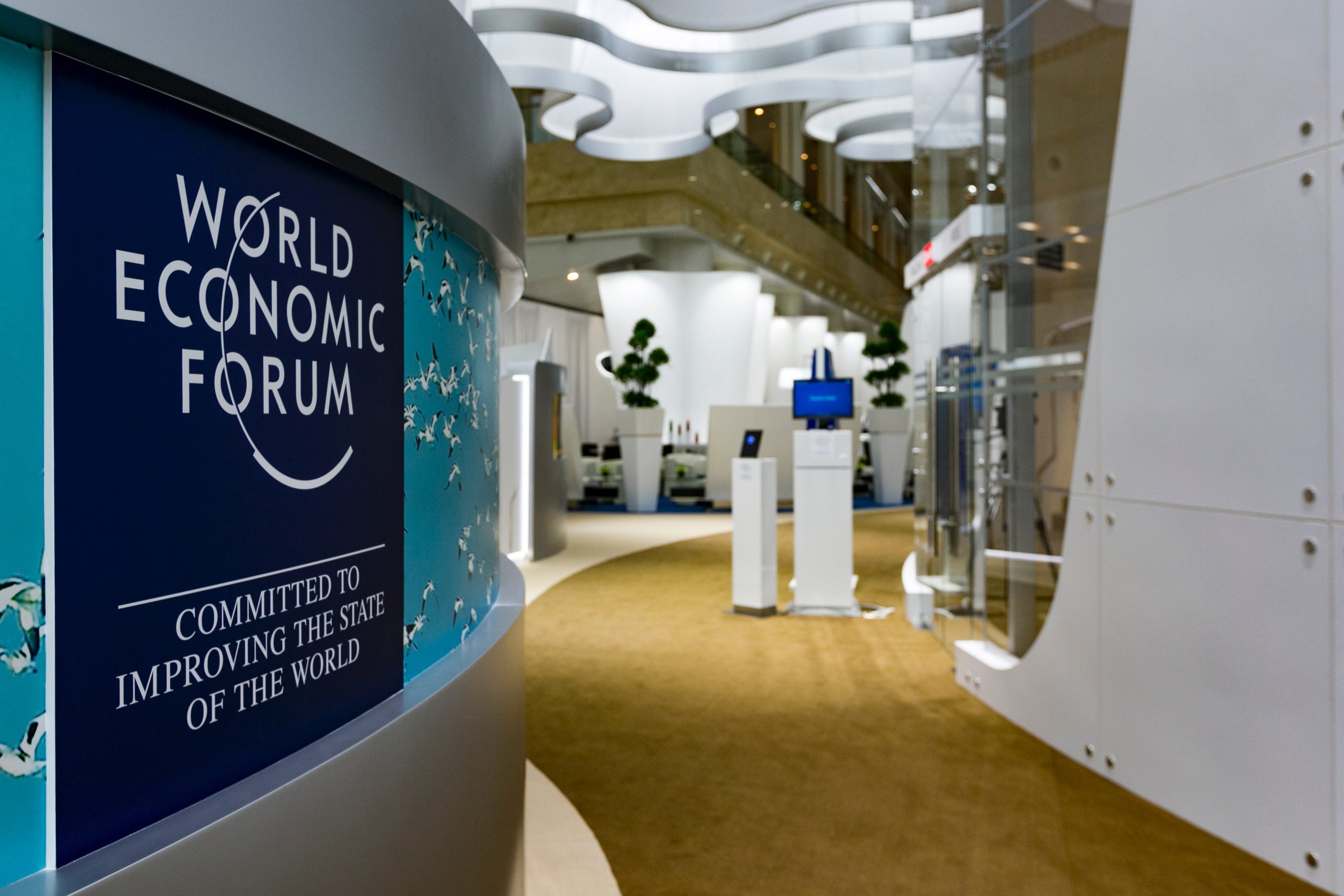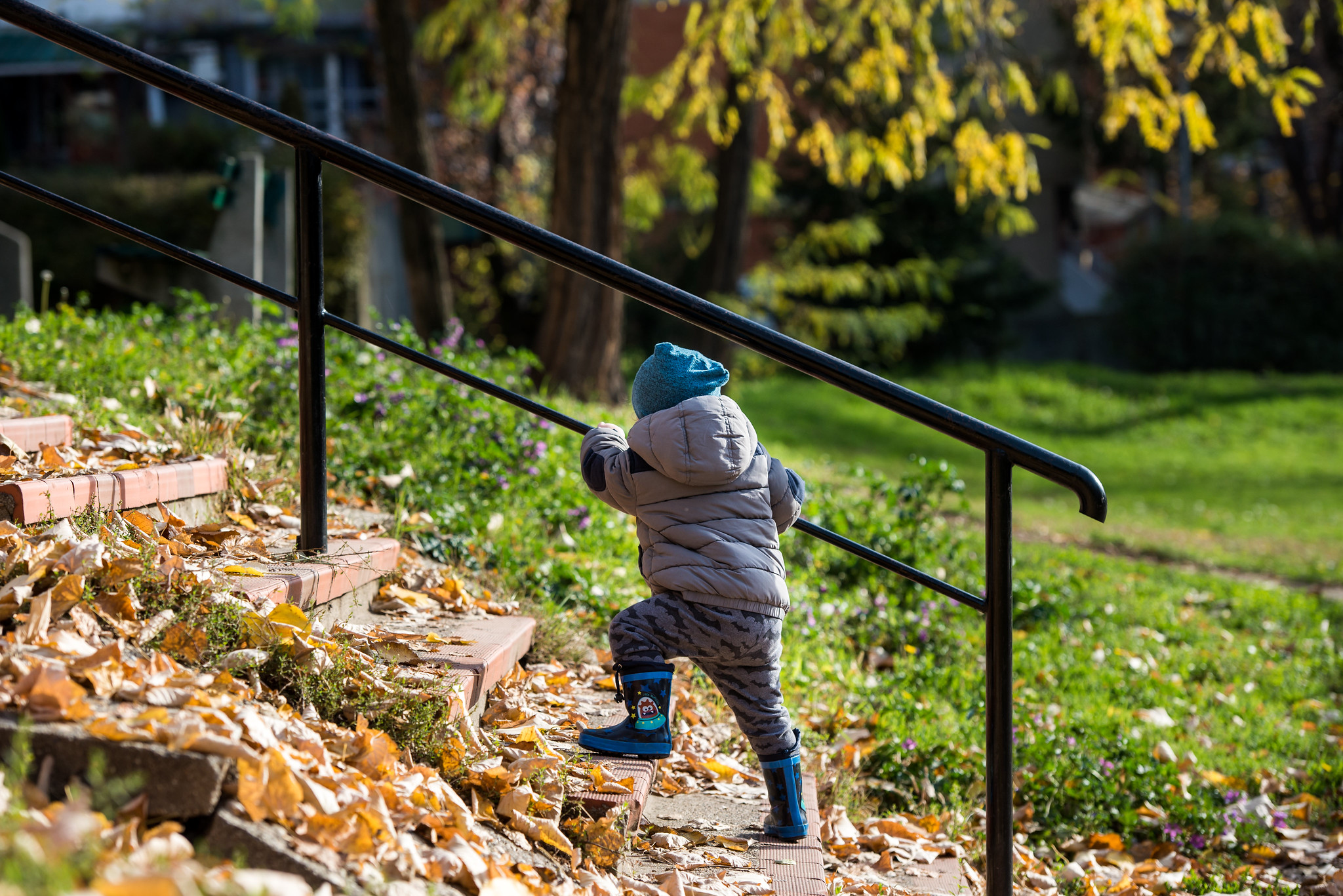Do modern educational systems inhibit freedom of expression and creativity?
In 2006, Ken Robinson delivered a TED talk that was viewed over 28 million times. In his popular lecture “How Schools Kill Creativity”, he argued that modern educational systems inhibited freedom of expression and creativity. These attitudes hailed from the 19th century, when children were trained for specific vocations from an early age. However, according Robinson, “creativity is just as important as literacy” and the educational model needed to undergo fundamental changes.
In the past decade, schools have been held to strict guidelines for state and national exams. Educators are being evaluated based on their students’ SAT scores and placement tests, and the system is being conducted to prepare students for university enrolment. As a result, the number of university graduates has reached an all-time high, which has devalued degrees over time and made job-hunting difficult for alumni. In the process, many students with creative talents are being stifled and discouraged from using their natural gifts. Often, these students drop out of school, or graduate in six, rather than four years.
But not all schools followed this tradition. Many institutions implemented alternative educational methods in response to troubling statistics. The Brooklyn Free School does not have grades and allows students to design their own curriculum. Lately, several public schools in London have invested heavily in the arts; instead of standardized tests, students are required to submit creative writing pieces, graphic novels, and films. These mediums encourage pupils to become storytellers and innovators. Young students can become proficient in math and complement their academic abilities with dance and drama courses. A recent article highlighted the work of an elementary school teacher in rural Mexico who helped his students excel in national exams. He was inspired by Albert Einstein who valued imagination over memorization. In past years, instructors at the school adhered to strict guidelines when teaching basic math skills. This teacher discovered that it was more beneficial to allow children to be intuitive and use their innate problem-solving abilities. After receiving the highest math score in the country, one student said that “no one had made it this interesting before.” In a society that overvalues marks, these schools elevate independence and experimentation.
Advances in technology also offer new learning opportunities for children.
Sugata Mitra, a computer scientist from India, discovered that children living in slums, with no formal education, were able to teach themselves how to use a computer. These newfound computer skills allowed the kids to grasp advanced topics such as physics and molecular biology. Access to the Internet also helps children transcend cultural barriers. With a mouse-click, students can learn about places, values, and customs that expand their horizons; can learn to ask questions and engage with challenging topics. However, providing students with technology is not a solution on its own. Educators need to create learning environments where students can develop proper research and computer skills. Technology can also become a distraction, therefore teachers are challenged to find the right balance between freedom and responsibility.
In the end, the key is to allow children to make mistakes. Ken Robinson stated:
If you are not prepared to be wrong, you will not come up with anything original.
The current educational model needs to become more fluid in order to inspire the next generation of designers, dancers, and mathematicians. Teachers and parents should encourage young students to take risks, ask questions, and challenge the status quo. The goal should not be to reward students with diplomas, but rather to cultivate them to be life-long learners.



